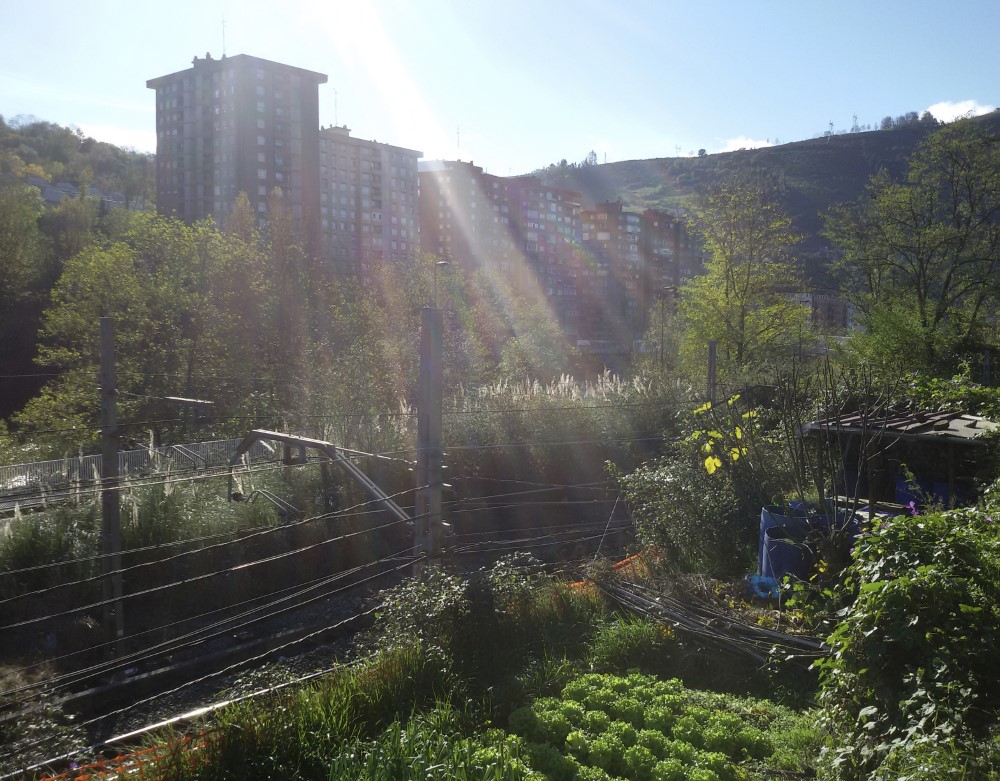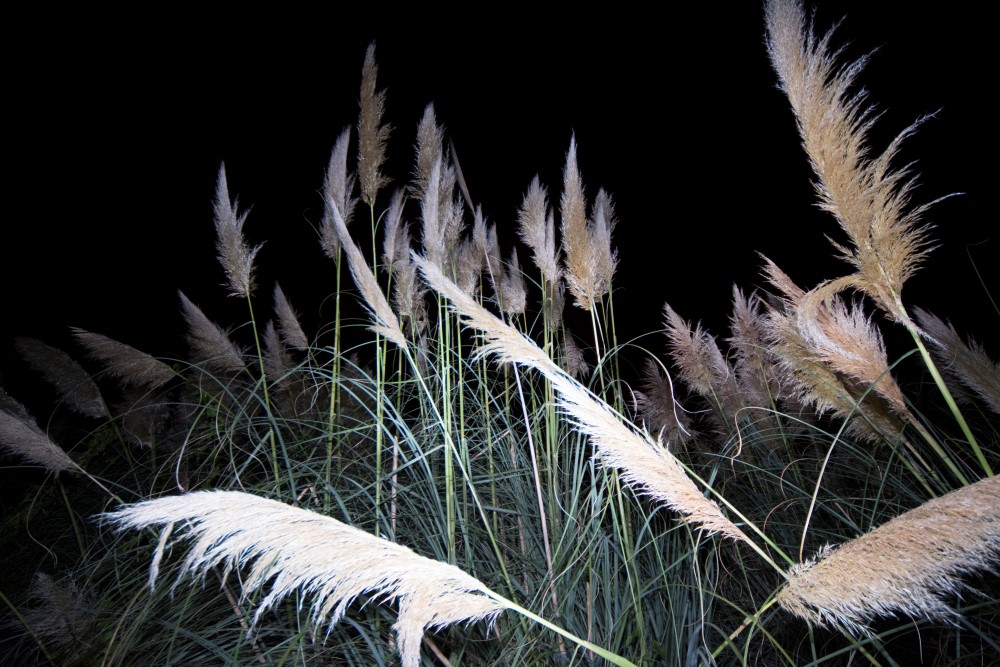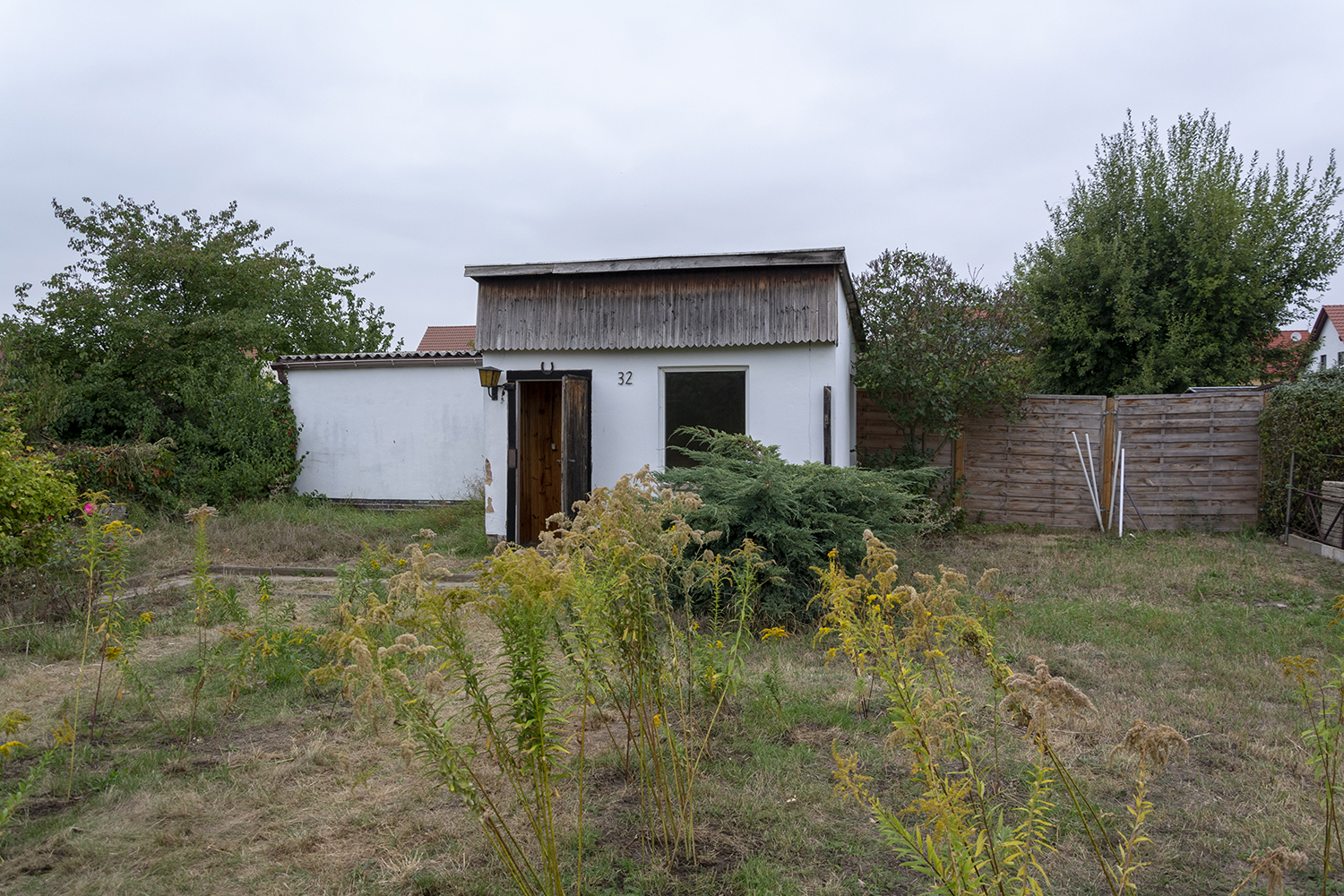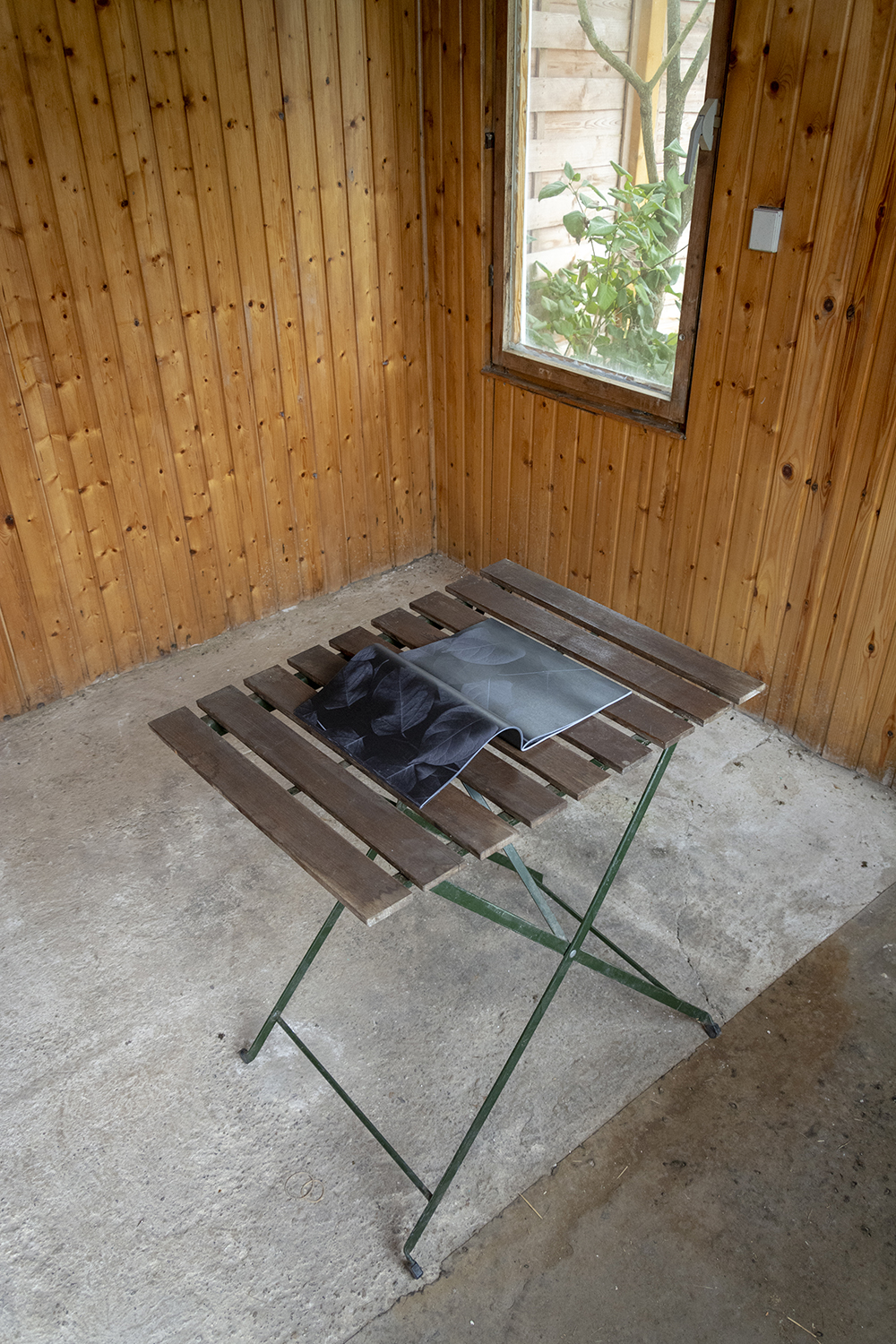An experimental platform-project for interdisciplinary garden projects.
1.
#landscapearchitecture @bilbao, 2016
The project started with a walk through Bilbao's anarchic, improptu gardens that are in the process of disappearing. Coming into existence during the city's most industrial period, these spaces were, and continue to be, places of resistance and refuge on Bilbao's mountainous and post-industrial landscape. We will visit the neighbourhood of Bolueta on the outskirts of Bilbao, an area whose transformation is in full swing.
The "remain" of that walk is a video which combines all the differentness recordings made by the participants.

View of the gardens.
2.
Cortaderia selloana, 2017
The invading plant Cortaderia selloana arrived in Spain at the end of 1940s, right in the post-war context. The lack of food and the exclusion of Spain from the UN forced the country to import products from Argentina, one among very few countries that recognized Franco’s government. The seeds seemed to be mixed with the wheat that was sent in. The species was already described in the 50’s in some fields close to the port of Santander. As of the work with these invading plants, the points of view have been expanded during the development of the project, laying out a new look on the self-representation of globalization and the neocolonial cultural processes that have taken place along the contemporary history (dialectics between nature and humanity), and the back-and-forth consequences occurring from these.

.jpg)
.jpg)
.jpg)
.jpg)
Cortaderia selloana plants and seeds.
3.
#fluggarten @kitzscher, 2018
#fluggarten @kitzscher is a construction of a xeriscape garden consisting of neophyte plant species chosen from the recognition and study of naturalized plants in the Kitzscher area during Home Sick Home festival, taking into account their history and origin in relation to garden beautification. The selection is based on the species rooted in this ecosystem and they could be considered, in most cases, as typical of this landscape, but which originally come from territories strongly affected by the colonization of the European empires. In this sense, the case of invasive plants can be observed as an example of our own world, where the human tries to take control of the environment, and the invasive plants represent the entropy of the supposedly controlled systems. A there-and-back effect where aspects of economic or geopolitical expansionism have resulted in environmental paradoxes through which the colonizing countries have been invaded by fauna and flora from the colonized countries.


The exhibition of the project included a publication, displayed on the house of a garden didicated to Solidago canadensis, and a guided tour through Kitzscher with a view of invasive plants with geoecologist Sonja Knapp from the Helmholtz Center for Environmental Research Leipzig. The publication was made with the scanned images made on the night on August 6, 2018 of the plant of the species Fallopia japonica located at: 51°20'51.5"N 12°19'41.1"E. The election of this plant is because it probably first grazed in Germany in 1872 from the site of an abandoned garden centre located in that region.